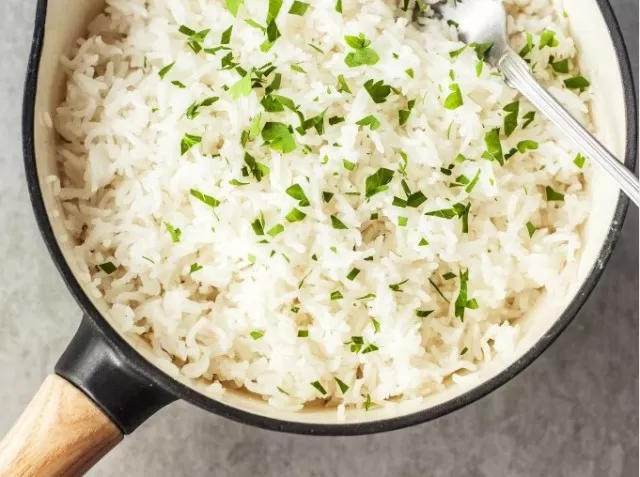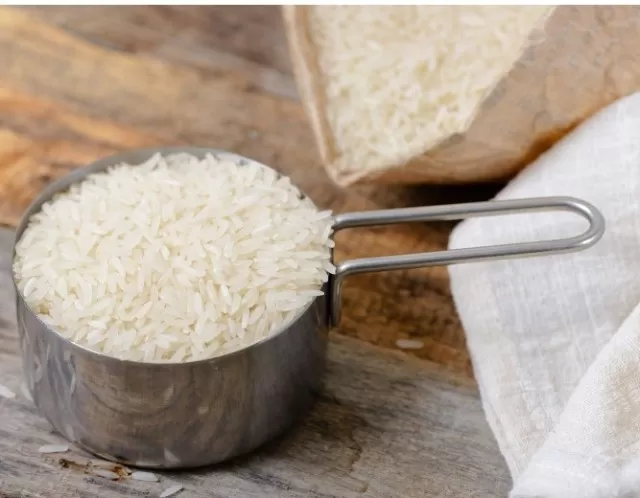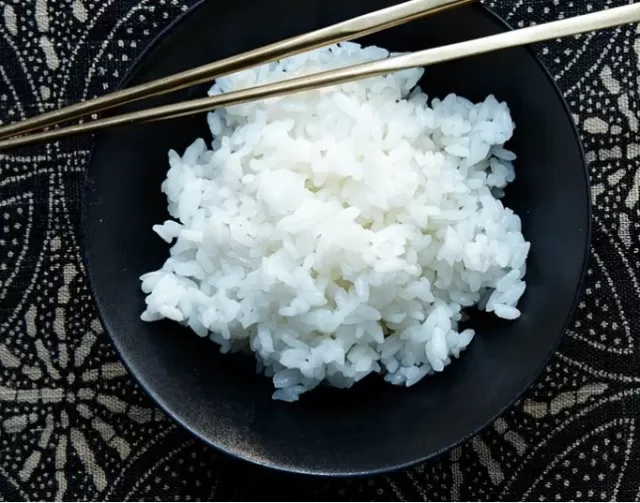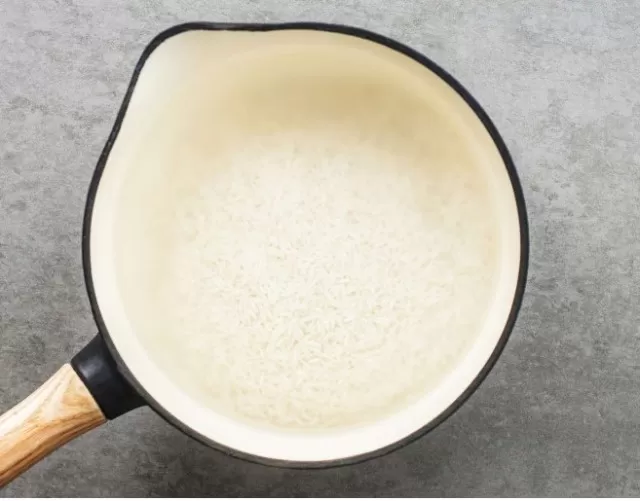Avoid 6 Rice Cooking Mistakes for Perfect Results. At first glance, the steps for cooking rice seem simple enough: Boil the water, add the rice, and cook until fragrant and fluffy.
And yet, there are many misconceptions about preparing this pantry staple and some steps are often overlooked. These blunders can make your rice gummy and gross (or dry and burnt), ultimately rendering the grains—which should be separate and tender—inedible.
Fortunately, once you know the most common rice cooking mistakes, it’s quite easy to avoid them and ace your go-to rice recipes. Here’s what you should never do while making rice—and how to cook it the right way, according to experts.
The Importance of Rinsing Rice: Avoiding Common Mistakes

Skipping the step of rinsing rice before cooking it may seem unnecessary when you’re in a hurry to make dinner.
However, developing the habit of rinsing rice is crucial. According to Chantheun Thanh, the executive chef at RAW* in Hartford, Conn.
, rinsing rice ensures cleanliness by removing any stones or grit that may have been left during processing. It also helps to reduce excess starch, resulting in a better pot of rice.
Thanh warns that if you cook rice without rinsing it beforehand, you may end up with an unappealing film on top caused by the dissolved starch. As the water evaporates, it leaves behind a sticky and undesirable texture.
To achieve perfectly fluffy rice without any sticky patches, culinary expert Ann Ziata recommends rinsing the grains in cold water and straining them through a fine-mesh sieve until the water runs clear.
Additionally, Ziata advises measuring the amount of rice needed before rinsing to ensure accurate proportions.
Avoiding the Water-to-Rice Guessing Game: Achieving the Perfect Ratio
Miscalculating the water-to-rice ratio is another common mistake when cooking rice.
Many people assume that if there is too much liquid, it will cook off, or if there is too little water, they can simply add more. However, it is challenging to correct an incorrect water-to-rice ratio, as the right amount of liquid is necessary to properly rehydrate the rice.
Using too much water can result in rice grains that are soggy and mushy, rather than the desirable al dente texture,” warns Thanh.
In such cases, it might be better to add more liquid and make rice porridge, like congee in China or arroz caldo in the Philippines. On the other hand, insufficient water can lead to undercooked rice grains that feel gritty or sandy in your mouth.
Recovering from this mistake can be particularly difficult and cleaning burnt rice stuck to the bottom of the pot can be frustrating.
To ensure the correct water-to-rice ratio, refer to the instructions on the rice packaging.
If you bought the rice in bulk or no longer have the original package, JJ Johnson, chef and author of The Simple Art of Rice: Recipes from Around the World for the Heart of Your Table, suggests using “The Finger Trick. ” According to Johnson, pour the rinsed rice into a heavy-bottomed pot, ensuring a level surface.
Then, touch your middle finger to the rice surface and add enough water to reach the first knuckle of your finger. This technique guarantees a precise water-to-rice ratio, regardless of your hand size.
The Pitfall of Cooking Rice on High Heat

“Contrary to popular belief, cooking rice on high heat does not expedite the process.
In fact, it can lead to problems. According to Johnson, the liquid may evaporate before the rice is fully cooked.
This results in either undercooked or burnt rice, with the latter having an unpleasant, difficult-to-eliminate flavor.
The recommended method for cooking rice is to bring the water to a boil and then reduce the heat to a simmer before adding the rice.
By doing so, both the exterior and interior of the rice will cook at similar rates, ensuring a more even and well-cooked texture for the grains,” advises Ziata.
Adjusting the Cooking Method for Brown Rice
Using the same cooking method for brown rice as white rice may not yield the best results.
Brown rice requires more time and water to cook properly. As Ziata explains, brown rice has an outer bran coat that slows down the absorption of water into the starchy center, resulting in a longer cooking time compared to white rice. However, due to its high fiber content and delightful nutty flavor, the extra time investment is well worth it.
To cook brown rice correctly, follow this technique that uses less water compared to other methods:.
For long-grain brown rice, use 1 1/4 cups of water for every 1 cup of rice.
For short-grain brown rice, use 1 1/2 cups of water for every 1 cup of rice. Choose a wide, shallow pot with a tight-fitting lid, and bring the rinsed rice, water, and a pinch of salt (about 1/4 teaspoon per cup of rice) to a boil.
Once boiling, cover the pot and reduce the heat to a slow, steady simmer. While many recipes suggest a cook time of 50 minutes, 30 minutes is typically sufficient.
Stirring Rice While It Cooks: To Stir or Not to Stir

“Many people have the habit of stirring rice while it’s cooking, but this can actually be a mistake,” warns Thanh.
“When you stir rice during the cooking and rehydration process, the grains can break, resulting in uneven and non-uniform pieces. ” This can lead to a gummy texture, as the smaller pieces of rice cook faster and disintegrate, resulting in a hybrid of half-pudding and half-rice.
Cooking rice should be a hands-off process.
Allowing steam channels to naturally form on the surface of the rice is essential for even cooking, according to Ziata. She suggests refraining from stirring the rice.
Instead, to check if it’s done, taste a few grains or gently push the rice away from the sides of the pot with a fork to see if any water remains at the bottom. It’s important to note that this “no-stir” rule does not apply to risotto, as stirring risotto helps release starches to create a creamy texture, as mentioned by Thanh.
Allowing Rice to Rest: The Key to Fluffiness

Another common mistake in cooking rice is serving it immediately after it’s done.
This can result in less fluffy rice with an uneven texture, including both soggy and dry patches, cautions Ziata.
To achieve the best results, Thanh suggests letting the rice sit after cooking.
This allows the remaining steam and water to be fully absorbed by the rice grains. To do this correctly, remove the pot from the heat and cover it, letting the rice rest for a few minutes, advises Johnson.
Before serving, gently fluff the rice with a fork to separate the grains and enhance the overall texture. This simple step ensures that you’ll have perfectly fluffy and evenly cooked rice.
*The information is for reference only.